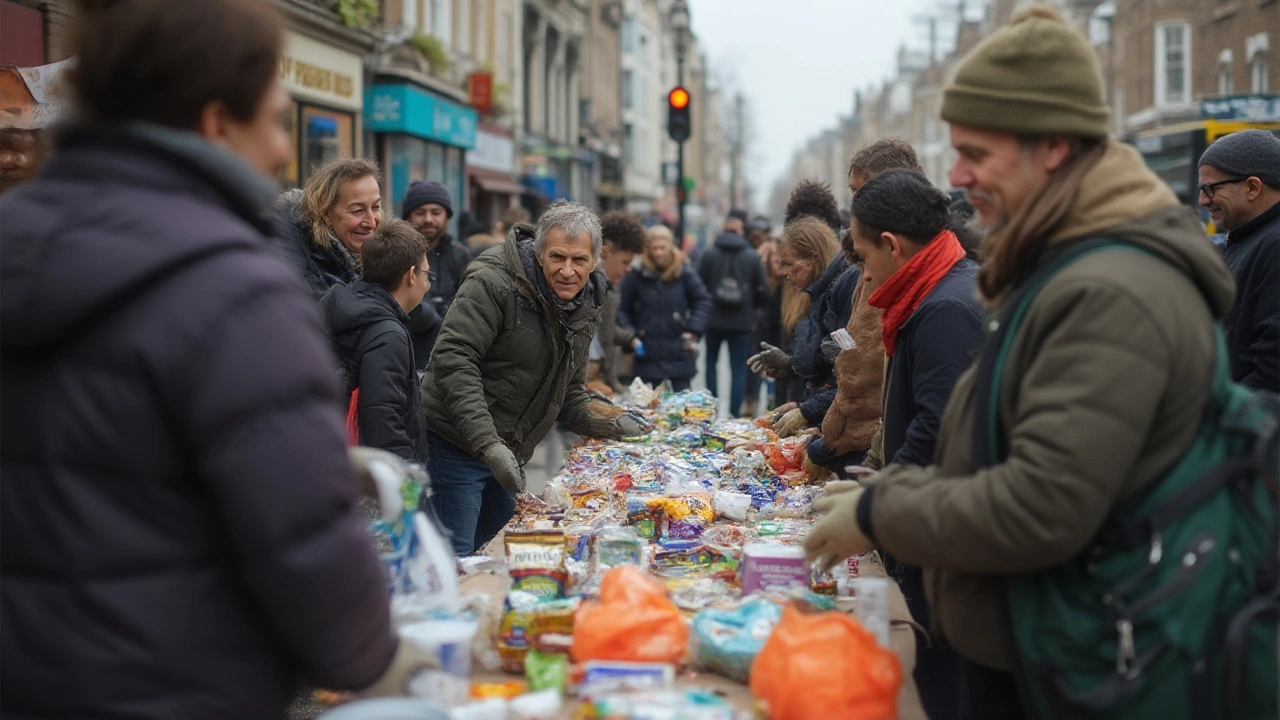Essential Supplies Guide: What to Donate and How to Pack Care Packages
If you’ve ever walked past a charity shop and wondered what you could bring, you’re not alone. The right supplies make a huge difference for shelters, food banks, and community groups, but it’s easy to get it wrong. Below you’ll get a quick list of what people really need, a few things to leave at home, and simple steps to pack a care package that actually helps.
What Items Are Most Needed?
Every charity will have its own wishlist, but a handful of items show up on almost every list. Think of these as the core of any essential‑supplies drive:
- Non‑perishable food: canned beans, pasta, rice, and boxed soups that are still sealed. Aim for items with a long shelf life and no special storage.
- Hygiene basics: soap, shampoo, toothpaste, toothbrushes, disposable razors, and feminine hygiene products. These are low‑cost, high‑impact.
- Warm clothing: clean, gently used sweaters, jackets, socks, and gloves. Choose items that are season‑appropriate and in good condition.
- Blankets and bedding: plain, washable blankets, pillowcases, and sheets. Avoid anything with heavy stains or strong scents.
- Cleaning supplies: bleach, disinfectant wipes, laundry detergent, and trash bags help keep shelters tidy and safe.
When you’re unsure, a quick call or email to the organization will confirm whether they need more of a certain product. That small step prevents over‑stocking and makes your donation count.
Packaging Tips for Effective Care Packages
Throwing all your items into one big box might seem efficient, but it can create extra work for volunteers. Here’s how to make the packing process smooth:
- Separate by category: Use smaller bags or zip‑locks for food, hygiene, and clothing. Label each bag so volunteers can quickly sort.
- Check expiry dates: Anything past its best‑by date belongs in the trash. Even a fresh‑looking can of soup can be risky if it’s old.
- Seal it up: Tape the top of each box securely. Loose flaps can cause items to shift and break during transport.
- Include a short note: A line like “All items are clean, unopened, and ready to use” saves volunteers a quick visual check.
- Don’t over‑pack: A box that’s too heavy can be a safety hazard. Aim for 20‑30 lbs per box – easy for one person to lift.
These steps keep the focus on helping people, not on re‑packing or discarding unusable items. Volunteers will thank you, and the supplies will reach those in need faster.
Finally, remember that the best donations are the ones that match what a charity actually needs. A quick chat with the organization, a little check on expiry dates, and a tidy package can turn a simple pile of items into real relief for someone struggling.

Most Requested Items by Homeless People: Actual Needs & Actionable Ways to Help
Dig into what homeless people actually ask for most, debunking myths, diving into real needs, and sharing hands-on advice so you can make a real impact.